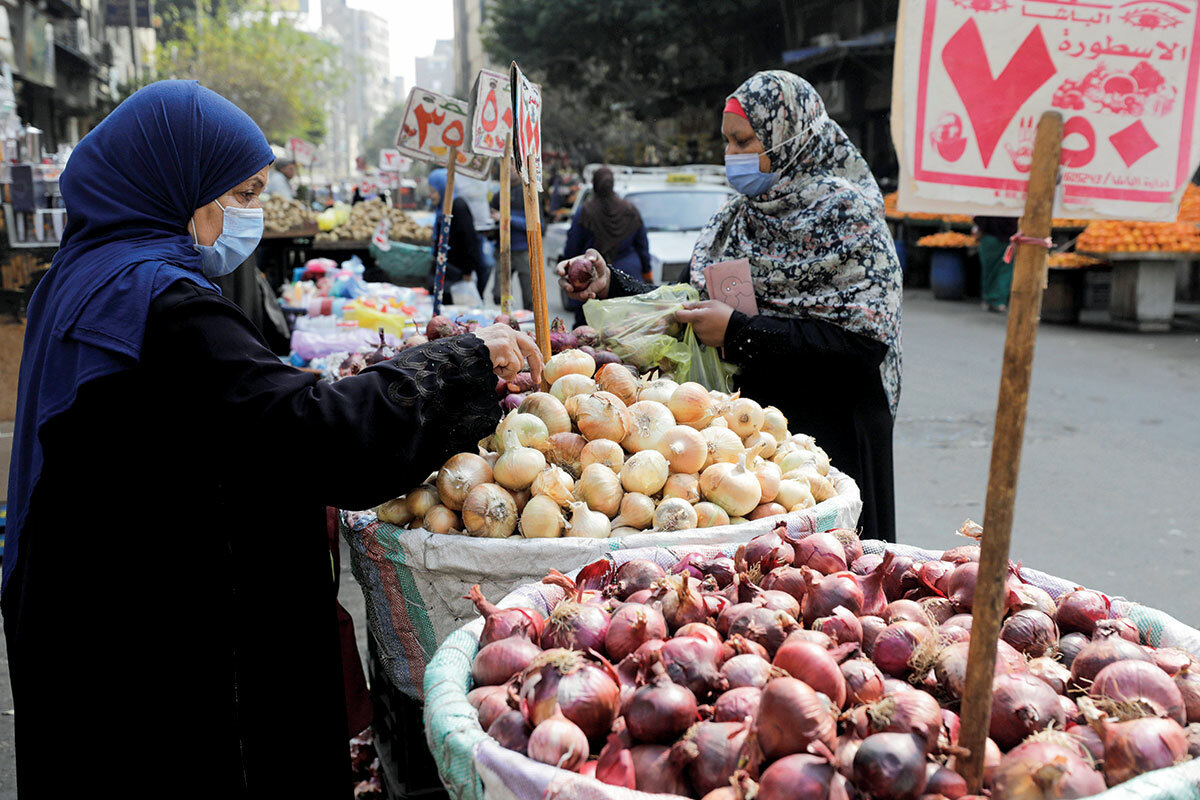City or country, policies that green the landscape
Loading...
In addition to strategies for growing food and forests, we note how we’re coming closer to the possibility of commercial air travel using energy not derived from fossil fuels.
1. United States
A U.S. airline recently completed the first commercial flight using 100% sustainable aviation fuel. Air travel generates a billion metric tons of carbon dioxide emissions annually – the majority of which come from commercial flights – and accounts for roughly 2% of global emissions. SAFs, which are typically made from a medley of biomass and waste resources such as grease or cooking oil, can achieve a similar performance as traditional jet fuel with a fraction of the carbon output. They’ve previously been used as a fuel additive, but never to power an entire flight.
Why We Wrote This
With deliberate planning and planting, underutilized urban and rural spaces alike can yield benefits beyond the expected. In Argentina, a culture of urban farming revitalized a whole city. In Australia, carefully tended new trees enabled species to colonize areas and spread.
The milestone United Airlines flight used a Boeing 737 Max 8 and 500 gallons of SAF to transport passengers from Chicago to Washington, D.C. Its carbon footprint was 80% smaller than a typical flight, according to Boeing. While scaling up production of SAFs presents its own challenges, the United flight is a step forward in proving the viability of the fuel alternative.
Mic, Department of Energy
2. Argentina
Small-scale, ecological farming revived the city of Rosario and has become a model for localized food systems. Following the Argentine depression of the early 2000s, a quarter of Rosario’s inhabitants lost their jobs, and families struggled to keep food on the table. So the city developed an agriculture program that converted vacant and degraded land into urban farming havens, creating new jobs and helping feed residents. Today, around 300 farmers produce food on a mixture of public and private land throughout the city, growing 2,500 tons of produce.
The program centers on the practice of agroecology – using ecological principles to increase agricultural yields, usually on small plots of land, while benefiting the environment. In Rosario, this approach reduced greenhouse gas emissions by 95% compared with imported food, according to one study. “The many benefits to the people, land, and wildlife have firmly embedded the program into the long-term urban planning process,” said Anne Maassen from the World Resources Institute. “The stability of the program has shown how government can foster public-private partnerships that are a win-win for everyone.”
Mongabay
3. Egypt
A traditional peer-to-peer lending system is gaining new life through apps, helping keep female business owners afloat. Many women in Egypt run small, home-based businesses that don’t qualify for loans from big banks, and microlenders often charge excessive interest rates. In response, apps now replicate gameya – a centuries-old tradition of rotational savings agreements among neighbors – as an alternative for cash-strapped business owners. With the financial stress of the pandemic, the number of Egyptian women relying on one company’s app grew from 20,000 to 150,000 today.
Gameya brings groups of people together to contribute a fixed monthly payment to a communal pot. Each month, the savings are given to one individual on a rotating basis. With no prohibitive entry requirements and often no interest to pay, online gameyas are simple and accessible. While an app cannot end poverty on its own, these platforms are expanding access to finance among some of Egypt’s most vulnerable populations. “There was an already existing need for our business,” said Ahmed Mahmoud Abdeen, founder of the app ElGameya. “We only made life easier.”
Thomson Reuters Foundation
4. India
India’s top court has ordered the government to issue identity documents to sex workers, allowing them access to voting and social welfare systems. There are an estimated 900,000 sex workers in India, but advocates say that’s a vast undercount and that workers often become part of the industry through trafficking and poverty.
Although prostitution is legal, many in the sex industry lack identification papers, meaning they can’t open bank accounts, enroll their children in certain schools, vote, or access COVID-19 relief.
The Supreme Court upheld these workers’ rights after a collective of sex workers known as the Durbar Mahila Samanwaya Committee filed a petition. Judges said federal and state governments should not only issue ration and voter ID cards, but also enroll sex workers in Aadhaar, a nationwide biometric identification system that’s becoming increasingly important for banking and other benefits. Concerns remain over implementation, but the ruling has inspired hope for recognition and relief. “All these years, sex workers had basic lack of attention and apathy from states,” said the collective’s lawyer, Tripti Tandon. “This order makes sure sex workers can chart their own course.”
The New York Times, Thomson Reuters Foundation, Outlook India
5. Australia
Recent evidence suggests Australia’s landscape linkages – swaths of replanted trees bridging rainforest habitats – are improving ecological resilience. Three landscape linkages established in the 1990s connect a series of isolated Queensland nature reserves to the 200,000-acre Wooroonooran National Park in Australia’s Wet Tropics region. The Peterson Creek, Lakes, and Donaghy’s corridors began as “acts of faith,” say coordinators, as nobody knew if the costly restoration effort would work as hoped.
After years of patience and the help of volunteers, new plant and animal species are colonizing the protected passageways. In Donaghy’s Corridor, a 2021 survey found eight fruit-eating bird species that are critical to the development of complex forests. Ecologists say 19 rainforest specialist species and four endemic species have joined the area, and the diversity of naturally regenerating flora has doubled since 2000. The Peterson Creek and Lakes corridors have also seen an influx of rainforest-dependent species in the past decade, though more monitoring is needed to fully assess these linkages.
Mongabay







